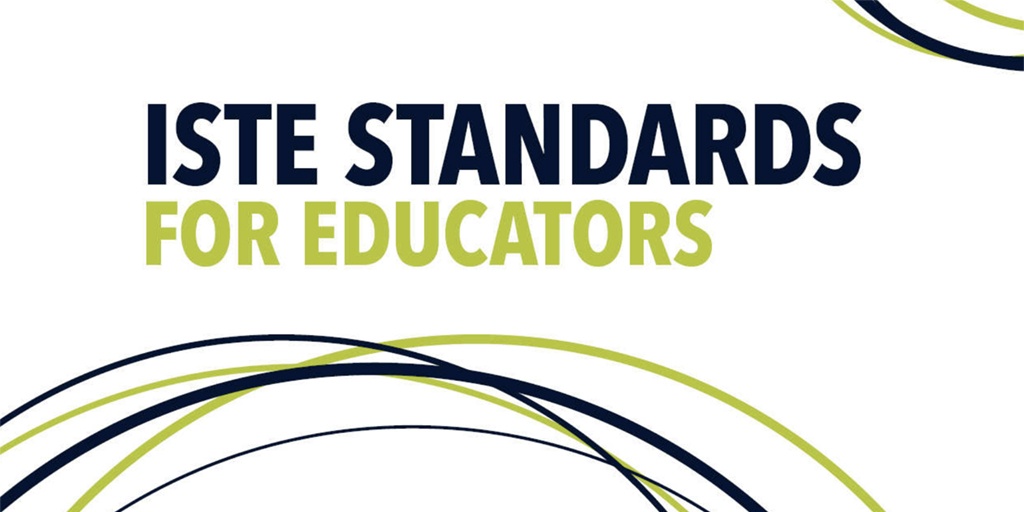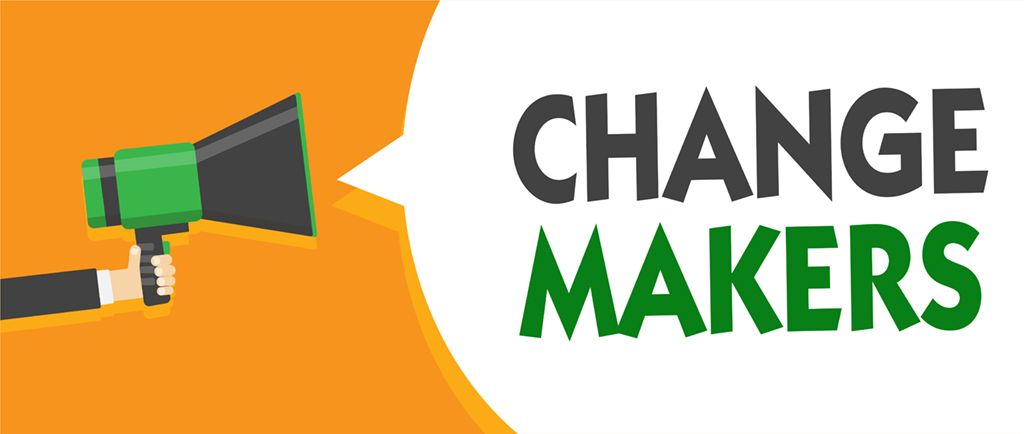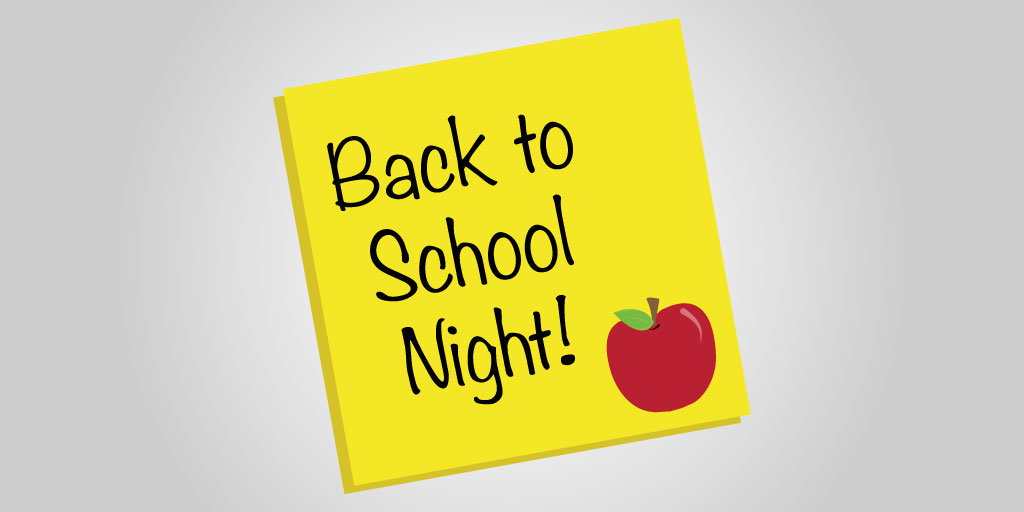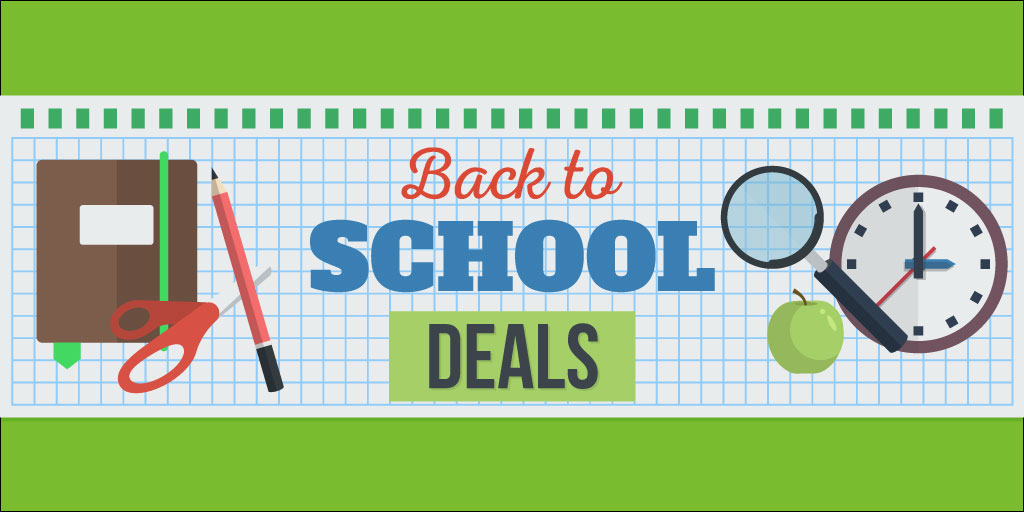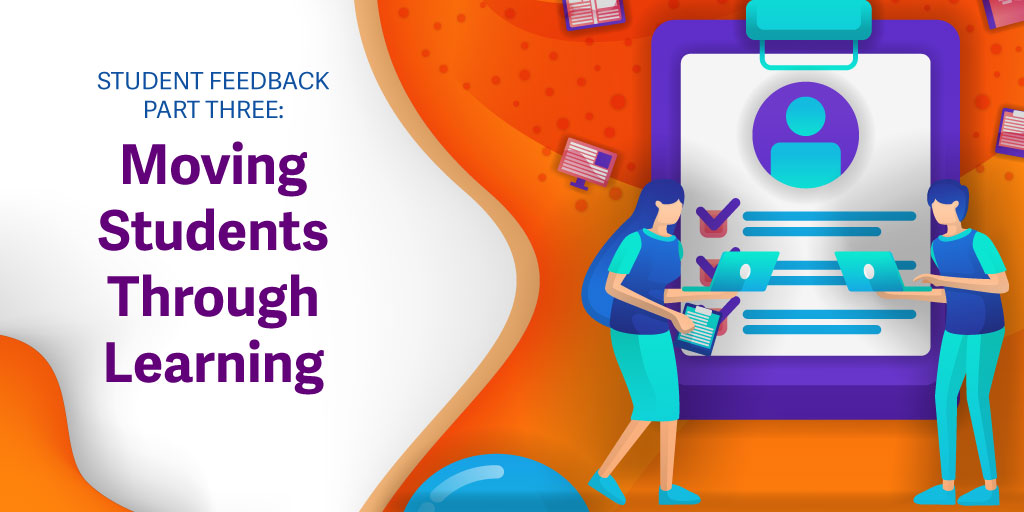STEM (science, technology, engineering, and math) is one of the biggest education trends of the decade. With an estimated 2.4 million STEM jobs that were unfilled by the end of 2018, it’s more important than ever to promote curiosity in these subjects so students will choose valuable STEM careers.
Topics: STEM
Teachers in our neck of the woods tend to use the state standards to guide their lesson planning—and for good reason. The state tests that we take align to these standards, much like they do in other states that have adopted the Common Core standards. There are so many of these standards, we tend to stop there and not look any further when it comes to breaking them down.
Topics: Administrator Resources, tips for teachers
Industry Influencers Leading the Way
As we enter a new school year, we thought it would be interesting to look at the change-makers leading the way in EdTech this year. Previously, we created a comprehensive list of the top 20 influencers in education technology, and earlier this year, we shared 10 more industry leaders. The EdTech industry is constantly growing and changing, so today we're sharing five more innovative influencers making active change to shape education for the future.
Open house, also known as back to school night, is just days away for some of you, and this is your opportunity to make a great first impression. We just had ours—yes, some schools start in early August—so I thought I’d share a few tips to help you with yours.
Topics: back to school, tips for teachers
Summer break is slowly winding down, which means one thing: it’s time to go back to school! Between creating lesson plans, organizing your classroom, and stocking up on supplies, you’ve got a lot on your plate this time of year. We’re here to help with a roundup of the best back to school deals for teachers:
Topics: back to school, tips for teachers
Change in technology can be hard. The time investment from teachers that goes into developing and creating materials can’t be understated. So when we make decisions about changing technology, we should take this into consideration.
Topics: tips for teachers
Student Feedback Part Three: Moving Students Through Learning
So far in our feedback series, we’ve discussed general types of student feedback as well as best practices for feedback in the classroom. In thinking about how feedback shapes a classroom, I have changed my understanding of what quality feedback really means. It is much more than responses to students, and it is even more than comments back to them when correcting their work. It is a response to learning moments that move students deeper into their learning.
Topics: Administrator Resources, tips for teachers
Who doesn’t love the arts? We listen to music during our free time, go dancing, and watch live performances, among other things! This past week, I went to an arts symposium, where I learned a lot about integrating the arts into the classroom.
Here are several takeaways I wanted to share with my fellow educators:
Topics: Classroom Collaboration, collaborative learning, tips for teachers
Teachers try to balance many different elements while planning lessons. Content standards, interest level of students, high levels of rigor, prior knowledge, and empowering and engaging student learning all play a role as teachers are determining how to structure a lesson. As teachers think about increasing relevance in the classroom and applying critical thinking strategies, they can look no further than the current debate about climate change in our world—a topic that meets most, if not all, of the criteria listed above.
Topics: STEM Lessons, STEM
Student Feedback Part Two: Best Practices Supported by Research
In part one of our feedback series, we reviewed the types of feedback that we most see used in the classroom. These types of feedback each have a role to play. When we correct a student’s learning, encourage them, and affirm their good work, we build relationships and trust with them. All educators know how important this is and how it must occur first before deep learning can take place.
But when it comes to learning, this kind of feedback doesn’t really impact the student much. They might feel good about the support that is being offered, but how often do they actually learn from this kind of feedback?
Topics: tips for teachers


